The dargahs of India are testaments to the widespread belief in the spiritual teachings and supernatural powers of Muslim saints. Known most commonly in India as shaykhs, these saints mostly belonged to various mystical Sufi orders that traced their origins to northeastern Iran and Central Asia, some going back as far as the 9th -10th centuries. Devotees regularly visit the tombs of these shaykhs, known as dargahs, to seek spiritual solace and the fulfillment of their personal needs. At the urs festivities marking the death anniversaries of individual saints, dargahs become the destination of huge crowds of pilgrims who arrive from all over the country and abroad. The remarkable popularity of these shrines is explained by the fact that dargahs have always appealed to all levels of society, from sultans and powerful elites to ordinary people, both Muslim and non-Muslim. Even women are welcome, a privilege often denied them within the more orthodox confines of mosques and theological colleges. Today, many thousands of dargahs are in active worship in India, not counting those in Pakistan and Bangladesh. However, the authors of this volume focus on eleven of the most historically and significant shrines in India, from Delhi, Ajmer, and Fatehpur Sikri in the north, to Khuldabad and Gulbarga in the south, and from Ahmadabad in the west and Mahim (Mumbai) on the Arabian Sea coast to Bihar Sharif in the east. The articles are illustrated with evocative photographs by Karoki Lewis. Front cover: Night view of the dargah of Makhdum ali Mahimi at Mahim, Mumbai, during the urs festivities.
Late Temple Architecture in India, 15th to 19th Centuries: Continuities, Revivals, Appropriations, and Innovations
From the fifteenth century ...
$80.10
$89.00

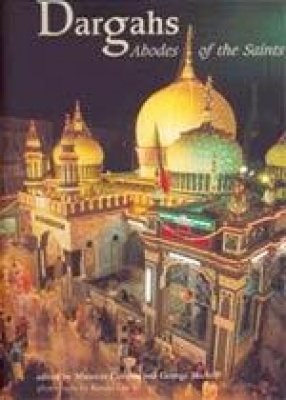
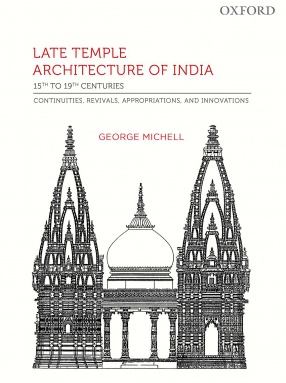
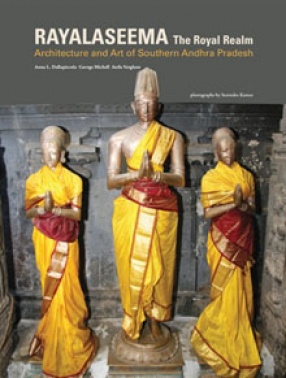
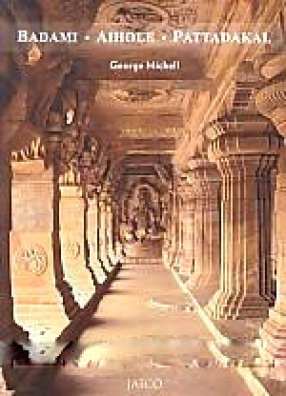
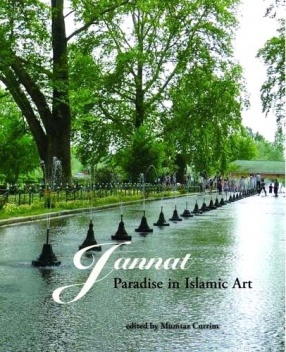



There are no reviews yet.